The southern province of Sri Lanka offers a sensory overload with its world-famous rope swings, fishermen perched on stilts, and the warm swells of the Indian Ocean, creating an exciting and invigorating experience. The region’s charm extends beyond this, with emerald forested hills concealing rock temples and sacred sites, and a seafront rich in cultural experiences featuring stunning European architecture and South Asian traditions.
In the south, you’ll find the renowned Virgin White tea and the world’s highest-quality cinnamon, as well as the “world’s most beautiful sunset rock.” The mornings belong to elephants as they traverse the forests, while leopards take over at night, showcasing their predatory skills. A visit to a sea turtle hatchery provides a unique opportunity to learn about these remarkable creatures and possibly even help release some turtles into the sea.
The golden hour—either early to mid-morning while the sun is still rising or just before sunset—is the ideal time to take a ride on the famous palm rope swing. Mornings are also great for surfing, as the atmosphere is generally calmer. Spend a leisurely afternoon sunbathing or relaxing by the shore with your toes in the sand and a fresh coconut in hand. Wrap up the evening with a refreshing sundowner and enjoy the vibrant nightlife, with beaches featuring trendy cafes and bars offering an eclectic scene.
From casual beachside cafes to upscale restaurants, and a wide range of accommodation options and activities, the south of Sri Lanka truly has it all.
Some of the highlights of Southern Sri Lanka:
The UNESCO Old Town of Galle and its Fortifications
Galle Fort stands as a premier example of a fortified city, showcasing a rich blend of European architectural styles and South Asian traditions. Located in the Bay of Galle on Sri Lanka’s southwest coast, it was originally built by the Portuguese in 1588 and later fortified by the Dutch in the 17th century. This transformation has made Galle Fort one of the most significant archaeological, architectural, and historical landmarks.
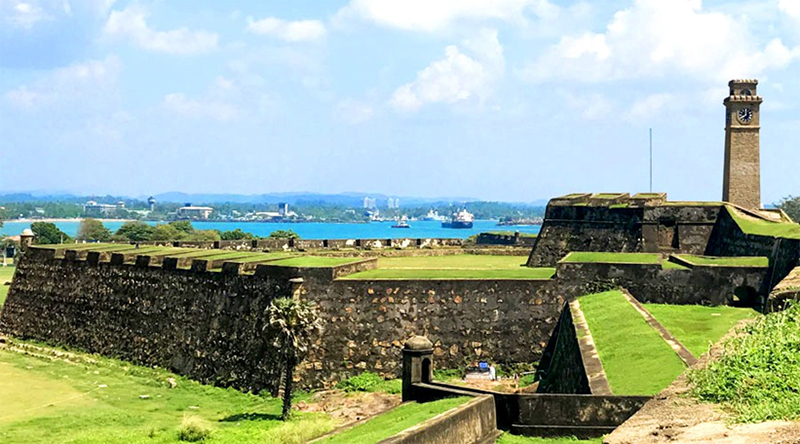
Unawatuna
This picturesque stretch of golden sand is safeguarded by coral reefs, with the beach bordered by swaying coconut trees and a wooden headland featuring small coves to the west. In this coastal town, you’ll discover Sri Lanka’s most photographed beach, the ‘Instagrammable’ palm tree rope swing, a stunning sunset rock, and a Buddhist shrine nestled within the jungle.
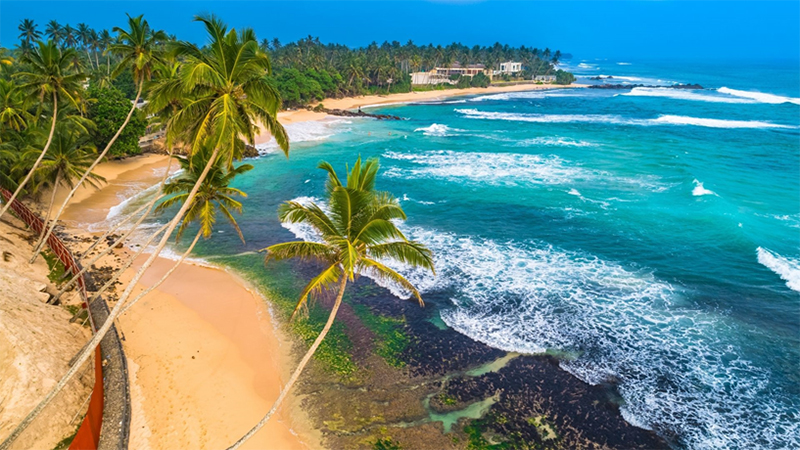
Hikkaduwa
Visit the vibrant coastal town of Hikkaduwa, located 98 kilometers from Colombo. Known for its sandy beaches, strong surf, and beautiful coral sanctuary, highlights include Hikkaduwa Beach, Narigama Beach, Hikkaduwa Coral Reef, and the Sea Turtle Hatchery & Rescue Centre.
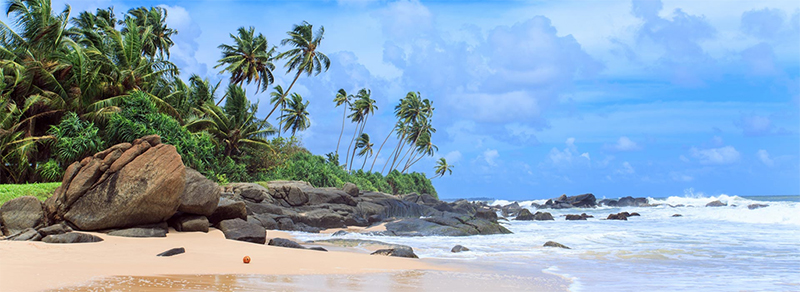
The south coast town of Mirissa
Soak in the golden sunset, stand on Parrot Rock, or take in breathtaking views from a coconut farm perched on a hilltop. Mirissa is also the premier spot for whale and dolphin watching tours. During the whale watching season from November to April, you can get up close to the world’s largest animals.

Weligama
Nestled along one of the largest bays on Sri Lanka’s southern coast, Weligama is renowned for two main attractions: surfing and stilt fishing. The town’s famed waves draw surfers year-round, eager to ride the warm swells of the azure Indian Ocean. If you’re looking for a change of pace from surfing, you can try your hand at stilt fishing with local fishermen. This traditional practice demands skill and balance and provides a deeply immersive way to experience Weligama’s culture. Perch on a vertical pole set into the shallow seabed, cast your rod, and feel the excitement when you catch a fish, possibly a mackerel or spotted herring.
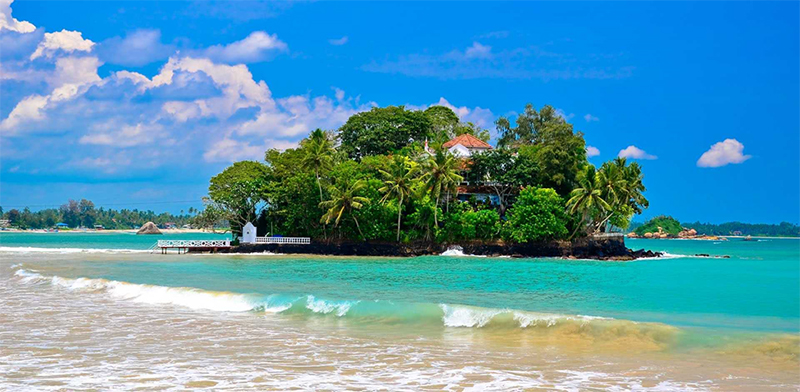
Bundala National Park
Bundala National Park is a paradise for colorful birds, such as the tiny bee-eaters and open-billed storks. This wetland sanctuary also hosts a variety of wildlife, including civets, giant squirrels, turtles, crocodiles, and elephants. In winter, the park becomes a refuge for large numbers of flamingos, with up to 2,000 sometimes spotted at once.

Yala National Park
Experience the animal kingdom in all its splendor at Yala, Sri Lanka’s premier national park and one of Asia’s finest mammal sanctuaries. As the second largest national park in the country and the most visited nature reserve, Yala is renowned for its high density of leopards, which are its main attraction. These majestic predators (Panthera pardus kotiya) roam the park from January to July, providing thrilling close-up photographic opportunities. Yala National Park is also home to a diverse range of wildlife, including painted storks, crocodiles, peacocks, monkeys, water buffalo, wild boar, spotted deer, sambar, and golden jackals.
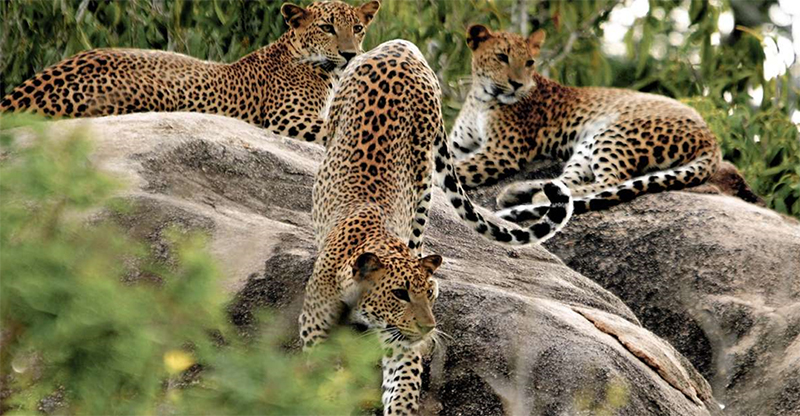
The beach town of Hiriketiya
Bask in the sun at this secluded, horseshoe-shaped beach, away from the crowds. Encircled by coconut palms and sea grape groves, the town invites you to experience its distinctive tropical allure, complete with roti stands, samosa vendors, and numerous opportunities to enjoy the azure waters.

Jungle Beach Unawatuna
Jungle Beach, nestled near Unawatuna on Sri Lanka’s southern coast, is a hidden gem that offers a secluded and tranquil escape from the more crowded tourist spots. This small, picturesque beach is tucked away within a lush forest, creating an idyllic blend of dense greenery and pristine coastline. Visitors to Jungle Beach can enjoy a range of activities, including snorkeling, swimming, and sunbathing. The calm waters are perfect for snorkeling, where you can explore the underwater world and observe the diverse marine life. For those interested in a more relaxed experience, the beach is an excellent spot for reading, meditating, or simply soaking in the serene environment.
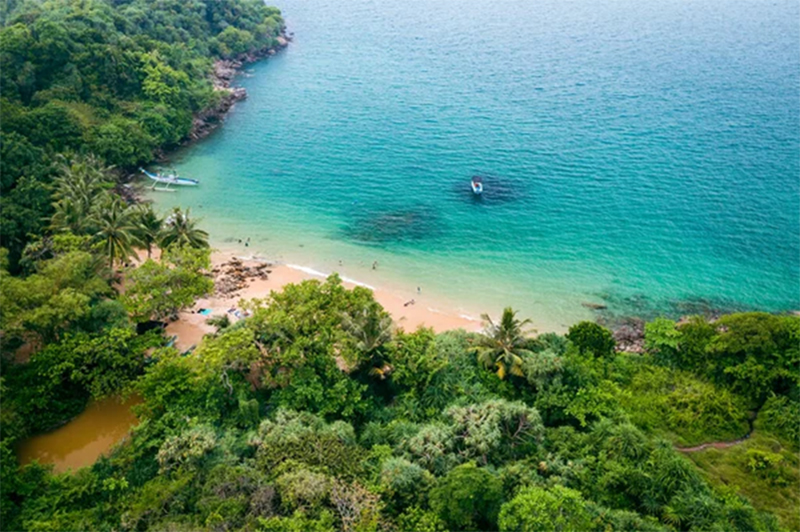
The lazy fishing town of Tangalle
Explore the impressive Mulkirigala rock temple, visit Dondra Point, and discover the serene bays of Goyambokka, Medaketiya, Pallikkudawa, and Medilla. Tangalle is also home to the Rekawa Turtle Sanctuary, one of the top places globally to observe marine turtles.
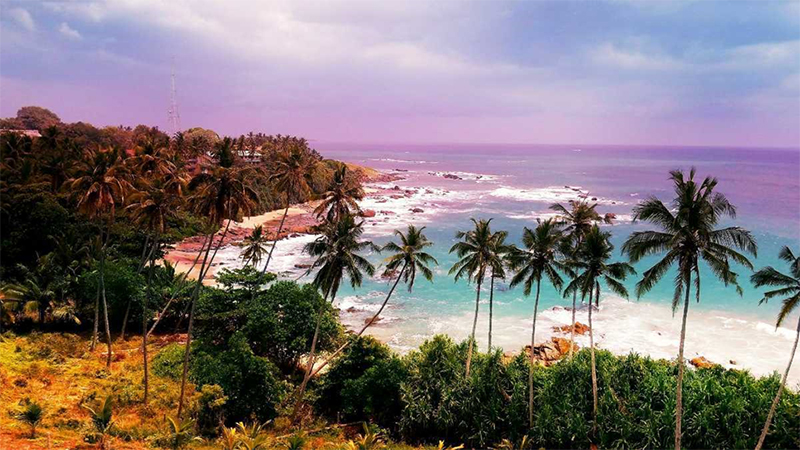
Handunugoda Tea Estate
Perched on the hills of Koggala, this tea plantation provides tours and the chance to sample over 25 different tea varieties. It is owned by Herman Gunaratne, a prominent figure in Sri Lanka’s tea industry.
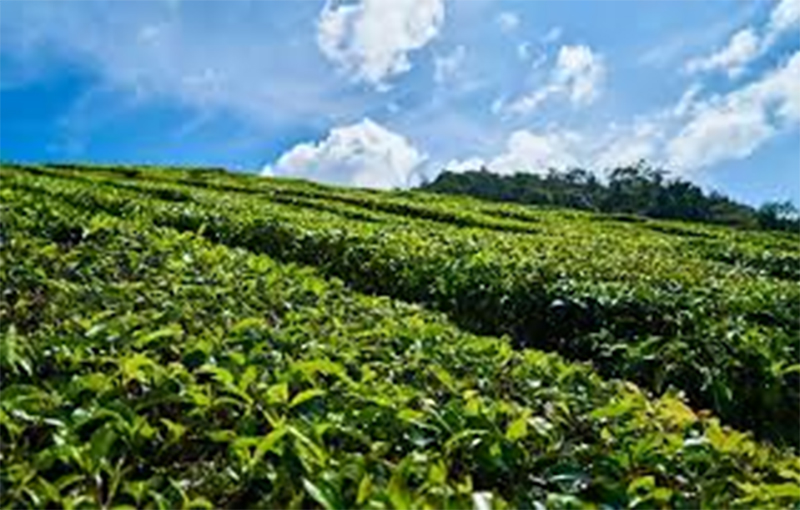
When to visit
Dry Season
The ideal time to visit the southern province is from December to March or April, when rainfall is minimal. The weather is also generally good from mid-July to the end of September, although there may be occasional rain showers in the afternoon or evening.
Monsoon Season
Prices are somewhat lower during the rainy months of May, October, and November. From July to August, the weather usually improves slightly. Despite the monsoon season, you can still enjoy swimming, as Sri Lanka’s waters are shielded from strong waves by its remarkable coral reefs.

